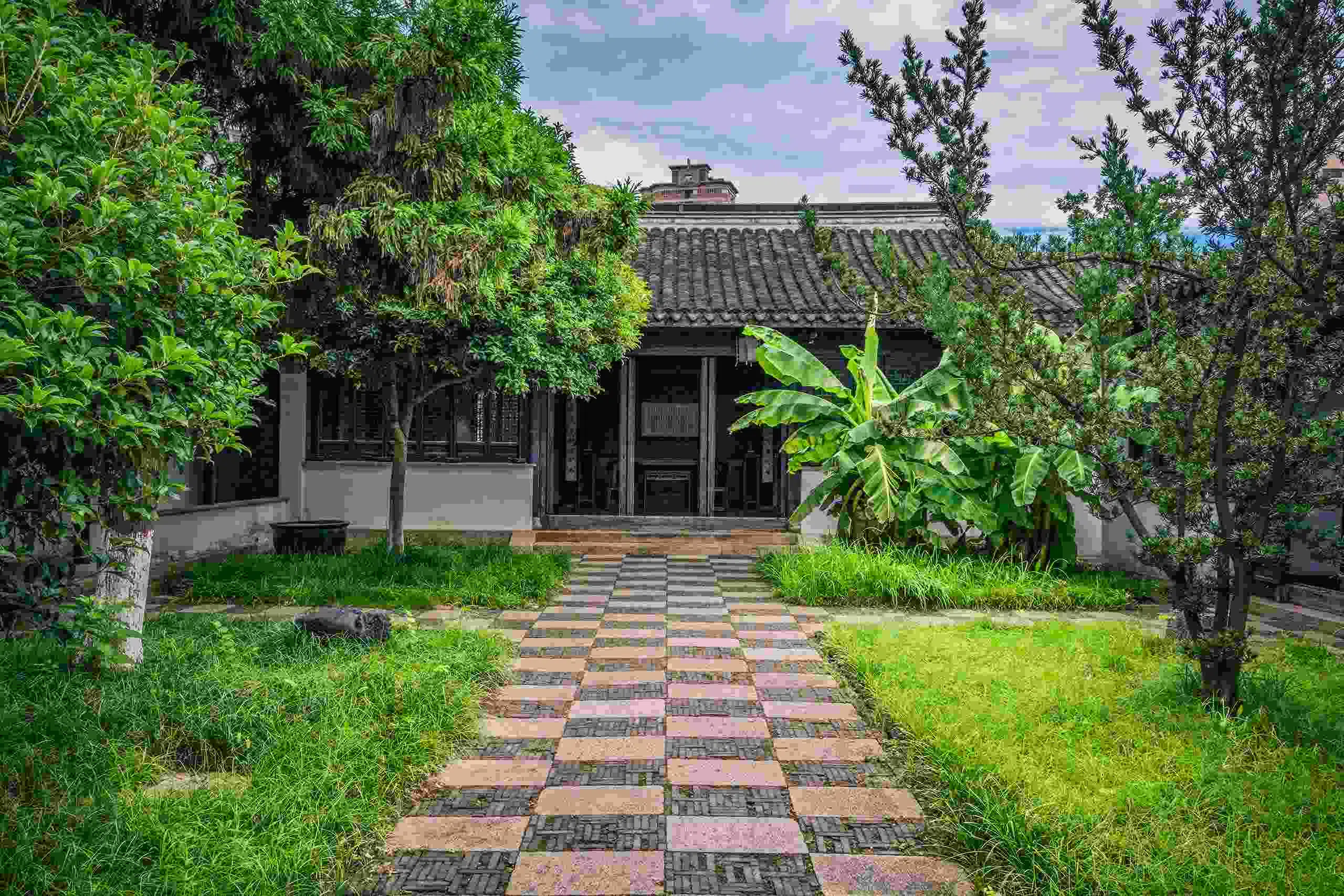What Are The Three Parts Of A Landscape?
The process of planning and implementing the design of public and private gardens, parks, and other natural landscapes is known as landscape designing. All designs, whether in the landscape, on a canvas, or in a magazine, employ fundamental compositional tools. To master the art and science of landscape architecture, you need to attain years of intensive training and hard-earned experience. Several variables go into creating a balanced landscape in terms of aesthetics, environmental health, and practical utility. These elements of design involve line, greenscape, hardscape, and waterscape. Below we have discussed the roles of each of these aspects and how they are interconnected.
Greenscape:
The greenscape comprises rolling grassy hills and slopes, wide open spaces covered with carpets of green, tree-lined pavements, and shady groves to design an attractive and eye-catchy landscape. Meticulously choose the quality flower, herbs, and vegetable seeds to accomplish the seed needs. Once you have completed this critical initial step, you may incorporate beds of regionally native wildflowers, gorgeous potted culinary herbs, and a well-kept, incredible garden plot.
You may also seek professional assistance for Sacramento landscape design to help you select the quality elements for your garden. Choose flowers that attract butterflies and hummingbirds. Remember that the greenscape is the focal point around which everything else revolves.
Hardscape:
People often call a greenscape a softscape in contrast to a hardscape. From stream pebble walks to limestone retaining walls, brick patios to natural wood decking, rustic wood seats in quiet rest areas to incredibly built arbors, pergolas, and gazebos, hardscape may manifest in numerous forms. Moreover, it performs a variety of roles, including establishing pedestrian routes allowing easy access to all areas of the land, edging off gardens and transition zones, giving protection from poor weather, and supporting with good drainage. Whether you employ natural or artificial materials, a perfect hardscape divides and organizes the green zones, enhancing the landscape’s appearance.
Waterscape:
Waterscape evokes a harmony between the hardscape and greenscape elements. Natural elements incorporate elegance into an outdoor space by reflecting light and surrounding pictures, producing movements and soothing noises while providing a habitat for aquatic plant species. Waterscape features comprise attractive outdoor fountains, cascading wall fountains, and water reeds used as dividing walls.
Explicitly ruled out and carefully positioned water elements are vital for embellishing a landscape, keeping it hydrated, creating a serene ambiance, and offering outdoor leisure and relaxation. Whatever design features you choose to use, renovating your home’s landscaping is a phenomenal way to boost the value of your property and provide outside places for resting and entertaining. When it comes to landscape design in Sacramento, consider consulting with specialists to make the necessary enhancements while increasing the beauty of your landscape.
Line:
The line accomplishes a balanced physical flow and connectivity of the landscape. Vertical lines draw the attention upward, helping to widen small spaces, whereas strong horizontal lines may make a space appear larger. Straight lines elicit formal and direct emotional reactions, while curved lines are more delicate and pleasant. Hence, instead of creating the landscape in a rectilinear design, consider an angular way to facilitate visualization of the entire landscape.

